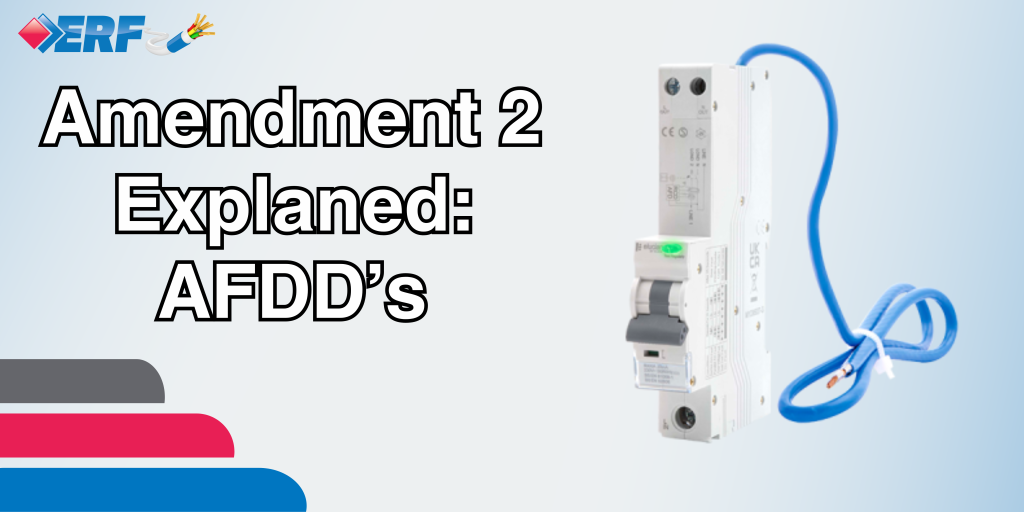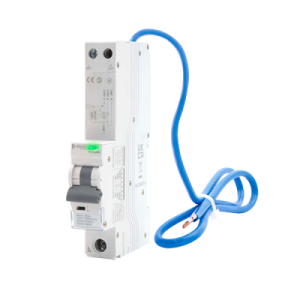AFDD’s
Arc Fault Detection Devices (AFDD) are now mandatory in certain types of installations.
These are:
-Higher Risk Residential Buildings:
-residential buildings over 18m in height or in excess of six storeys
-buildings that incorporate a business premises on the ground floor
– Purpose-Built Student Accommodation
-Houses in Multiple Occupation (HMO)
– Care Homes
Regulation 421.1.7 now states AFDD conforming to BS EN 62606 shall be provided for single-phase AC final circuits supplying socket outlets with a rated current not exceeding 32A.
What does this mean for you?
In all other premises, AFDDs are recommended. In the properties listed, AFDDs will be mandatory.
Price Concerns?
Whilst high at the minute (upwards of £100) this is similar to the advent of RCD protection on circuits within the 17th edition, where prices have come down over time
What is an Arc Fault?
An arc is a visible plasma discharge, created by a current transferring through a non-conductive medium such as air. This jumping of the gap is an arc fault. These faults can create upwards of 6,000°C of heat, more than enough to cause a fire in a property.
Common Causes
–Worn contact points, such as on a switch. Common in shower pull switches for example
–Damaged cable from snags e.g. by nails or screws (most people aim for the stud wall when hanging something, the same place cables are often chased, particularly in new builds)
–Loose connections are also a risk. Even a fraction of a gap can create a non-conductive medium.
For all the latest regulations shop here.
Get your AFDD here.




